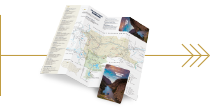Bust out the binoculars, wildlife is out and about.
Babies are cute, but baby animals are REALLY cute.Yellowstone is home to the largest concentration of wildlife in the lower 48 states. For the diligent, wildlife watching during this time of year is especially endearing when the majority of babies are born and the park is less crowded. There are over 60 different mammal species in the Greater Yellowstone Ecosystem with the majority of newborns arriving between April and June.
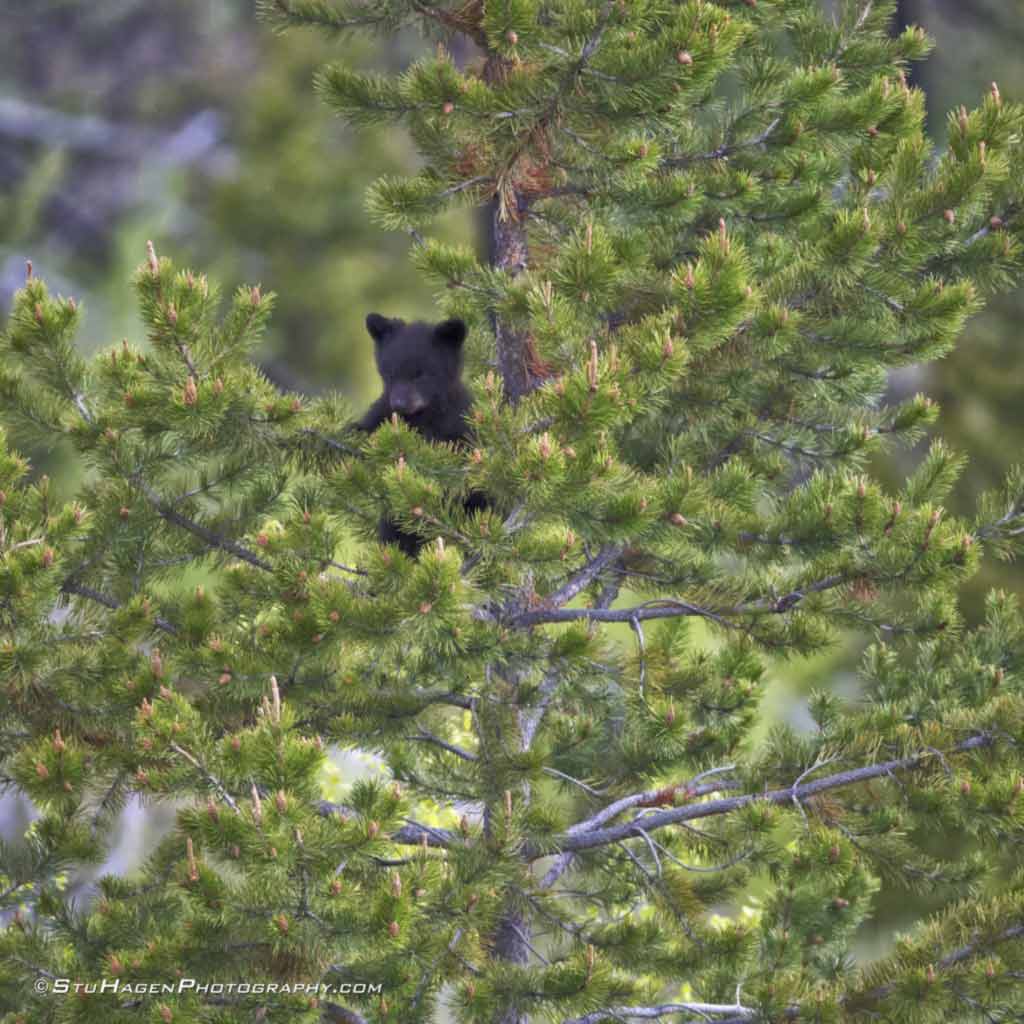
Photo by Stu Hagen
Bears are actually born in the winter during hibernation in January and February and emerge with their mothers in the spring. Black bears start appearing late February and Grizzlies will come out in late March. Black bears can be seen along the road from Elk Creek to Tower Falls, Mammoth Hot Springs north the Indian Creek and the Bechler region in the southwest corner. Grizzly bears roam in the Lamar Valley, Gardner’s Hole, Antelope Creek Meadows, Dunraven Pass and Hayden Valley.
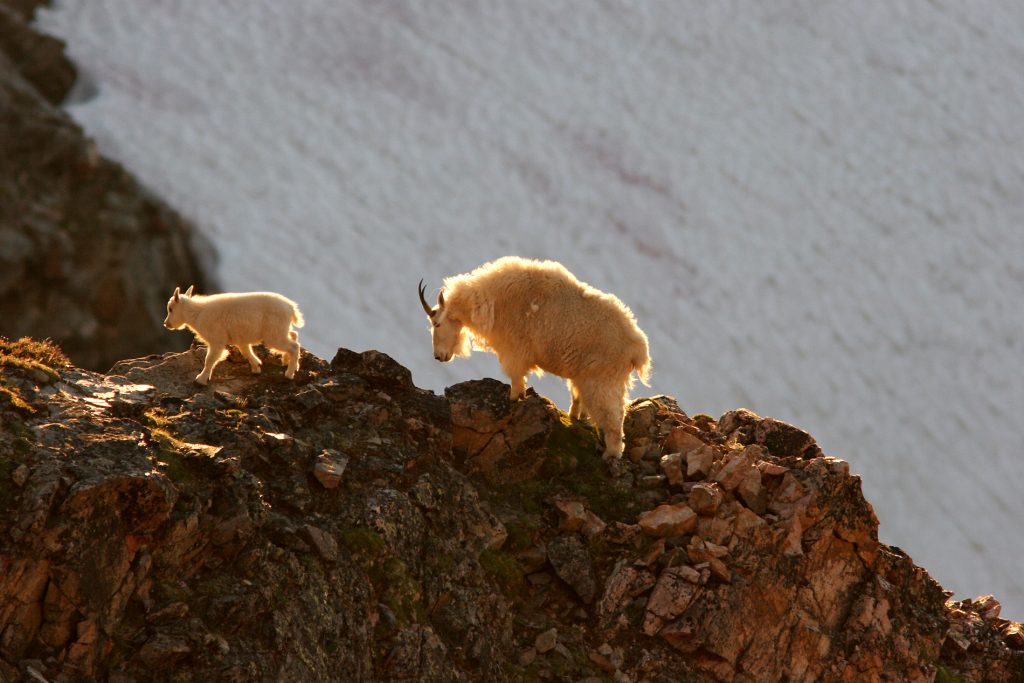
Photo by Merv Coleman
Mountain goats are infrequently seen, but your chances are better when hiking in high alpine areas, particularly rocky peaks. In the spring they are on the south and west facing cliffs. In summer they move to meadows, cliffs and ravines. Babies are born late May and June.
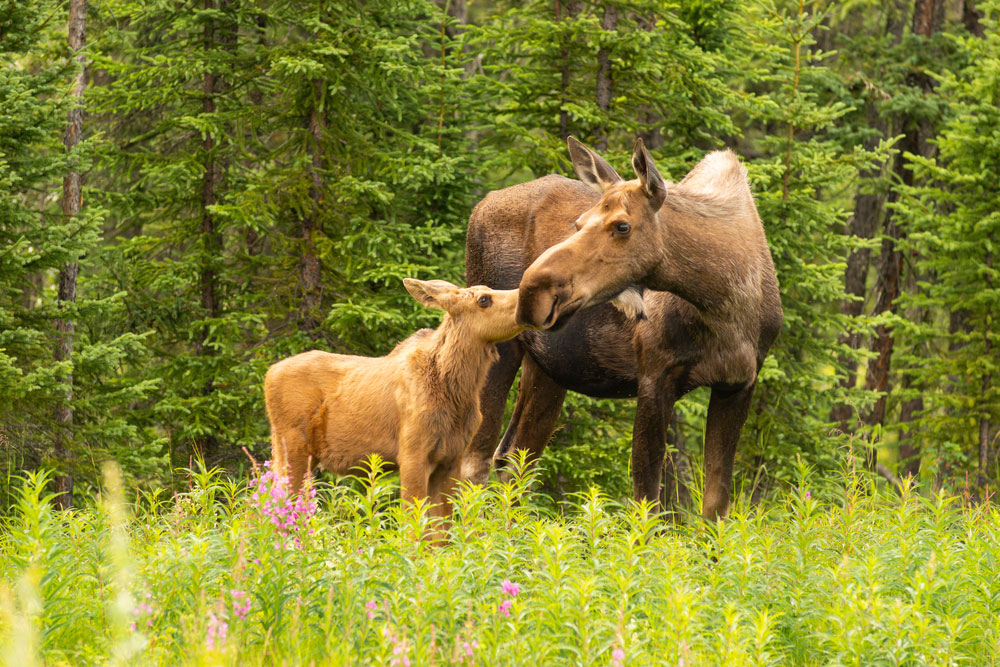
The moose population in Yellowstone is fewer than 200 and has been declining in the last 40 years due to loss of habitat, drought and predation. Moose are born late May to June and can live up to 20 years. They generally prefer to live near marshy meadows, lake shores and along rivers. Look for them in the southwestern corner of the park as Soda Butte Creek, Pelican Creek, Lewis River and Gallatin River drainages.
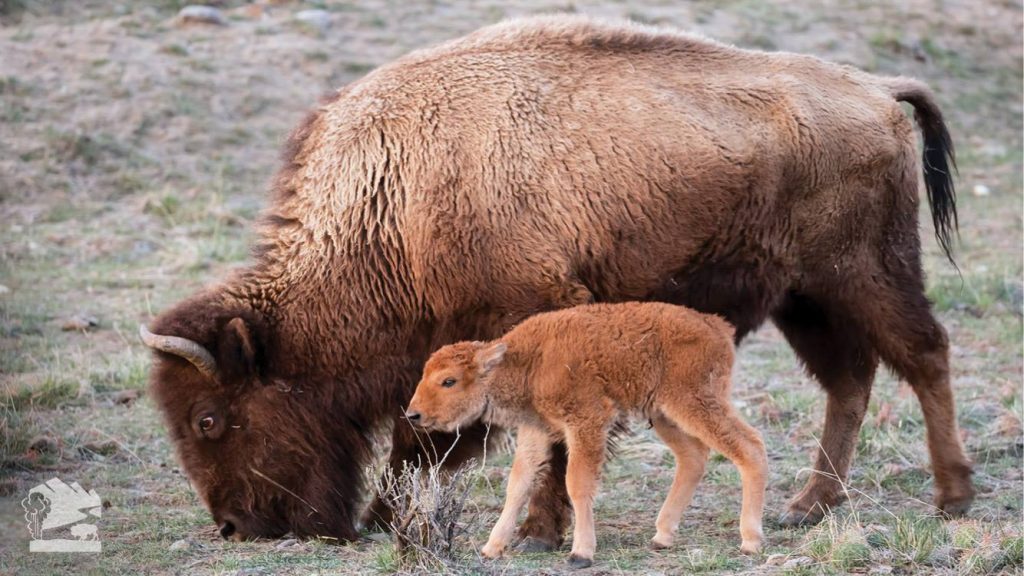
Photo Courtesy of Yellowstone Association
Yellowstone is the only place in the lower 48 states where there have been free-ranging bison since prehistoric times. Born late April into May, these herds make up the nation’s largest population of bison on public lands. In the summer, they can be found in the grasslands of the Hayden and Lamar Valleys.
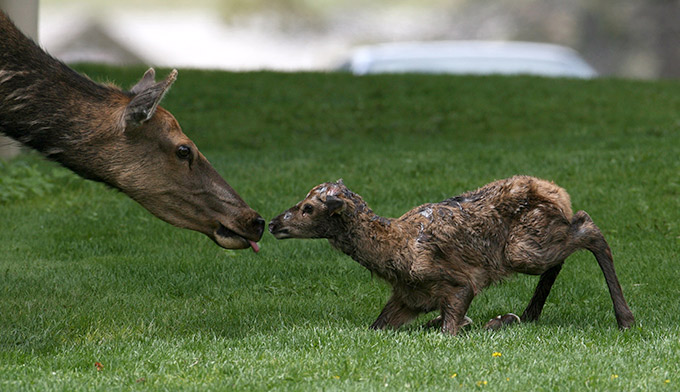
Photo by NPS, Jim Peaco
Elk are the largest population of large mammals to be found in the park with over 10,000-20,000 roaming in the summer. In winter, this number drops to less than 5000 since elk are important food for wolf, bears, mountain lions and 12 other species. Elk calves are born in May and June, but elk are also impressive to watch in the fall, when the rut is in full force and the males bugle to call in their female counterparts. In the summer they can be found in Gibbon Meadows, Elk Park and the Lamar Valley. In fall, they are located in the northern range in Mammoth Hot Springs and the Madison River.
Keep in mind, wildlife are just that...wild. Do not approach them, feed them or try to pet them. Keep your distance and admire from afar-- they are a magnificent sight.
